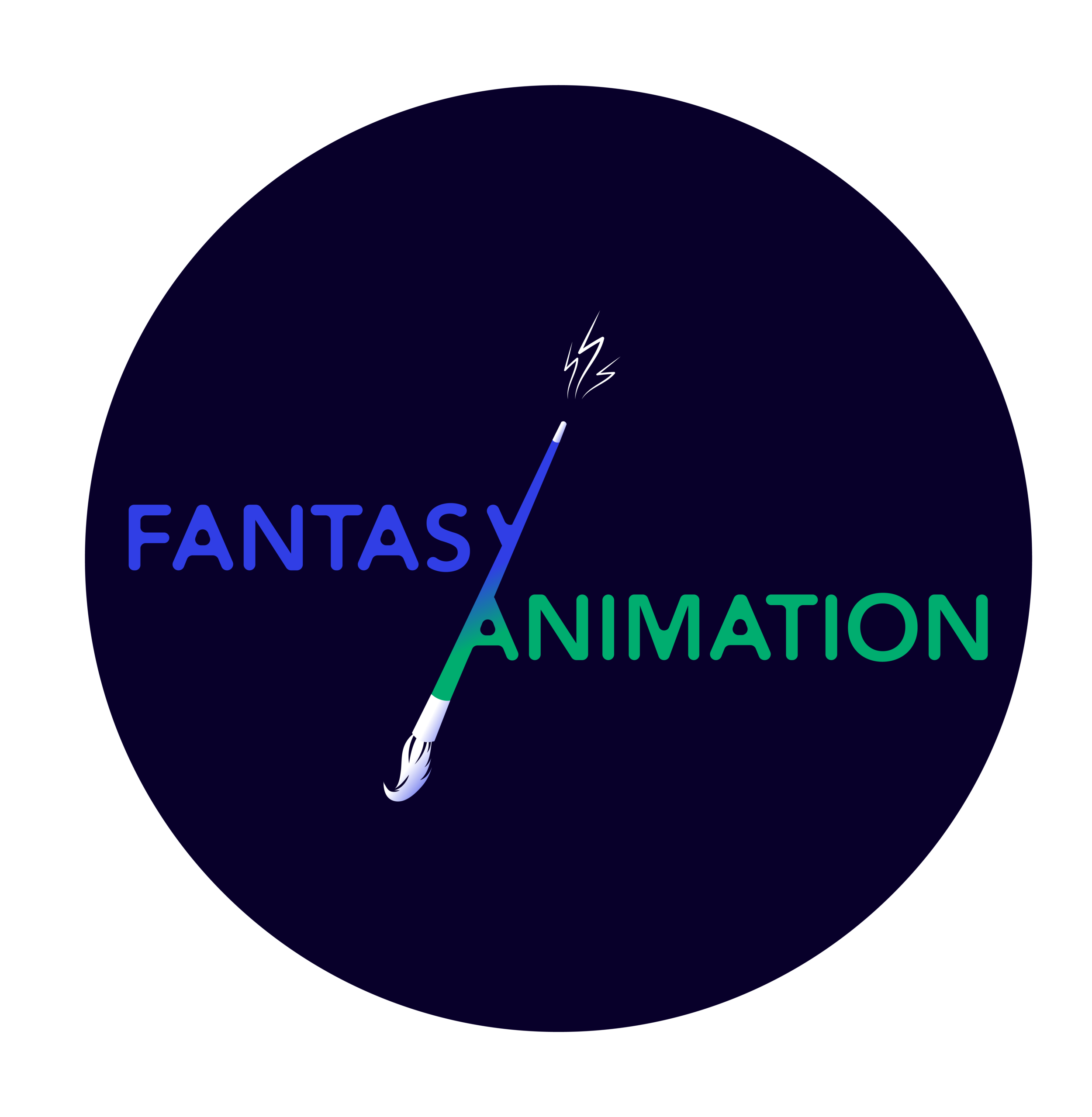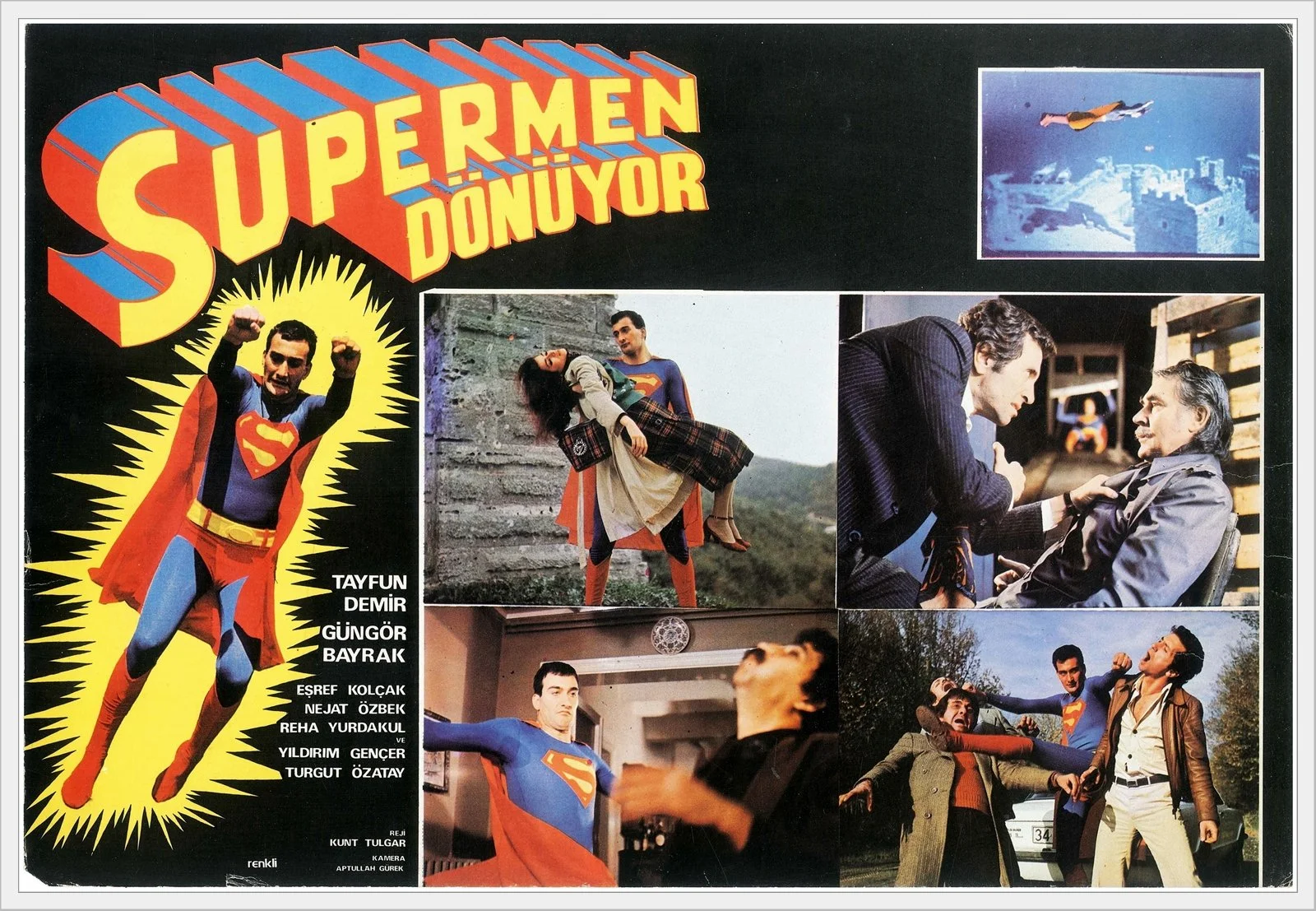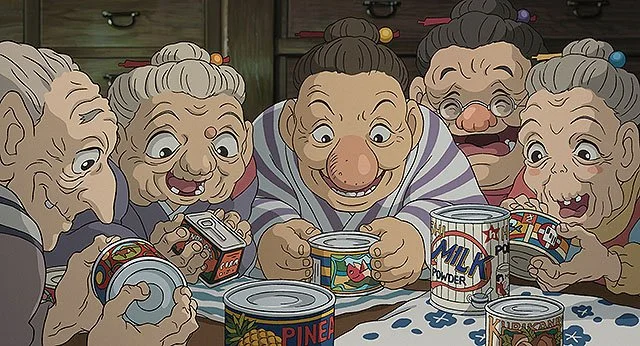Believe it or not, Yeşilçam, the studio system of Turkey, which became dominant from the 1960s to the 1980s, essentially introduced classical cinema to Turks. It drew its production systems from Hollywood—big producers familiarized themselves with the studio structure in Los Angeles and brought the same system back home—but localized the content to reflect the specific experiences of Turkish society.
Read MoreSince its inception, the animation industry has been a storytelling engine: telling all types of stories from all types of people. However, according to the USC Annenberg Inclusion Initiative, the animation industry still has a representation problem. Multidisciplinary artist, Uzo Ngwu, is trying to combat the lack of African representation in animation with her newly founded studio ZOMA Studios and their debut project Mmanwu.
Read MoreTo mark the life of distinguished film theorist and historian David Bordwell (1947-2024), and to add to the many tributes from across the disciplines of film and media studies, Chris and Alex have begun to collect some of Professor Bordwell’s writings that connect to fantasy and animation both in print and on his website davidbordwell.net and accompanying blog Observations on Film Art.
Read MoreAs a student, a long time ago, at the University of Warwick, I took a seat in the library one day, the photocopiers nearby chugging and churning away, and opened the new issue (May-June 1992) of Film Comment. As a lifelong devotee (I was only 19) of Steven Spielberg’s movies you can perhaps imagine my astonishment when I turned a page to find an essay entitled “The Panning of Steven Spielberg (Part One),” written by Henry Sheehan. To this day, Sheehan’s piece remains a touchstone in writing about Spielberg’s filmmaking. Limited to the space of a magazine page, Sheehan’s eventual two-part essay made such sense, and it was the first time that I’d really read something about Spielberg’s films that looked so consistently at the film style being deployed across his body of work.
Read MoreThe music video for Queen’s “Heaven for Everyone” from their then-final record Made in Heaven (1995) - and a song that originally appeared on Shove It (1991), an album by drummer Roger Taylor’s side project The Cross (and featuring Freddie Mercury as a guest vocalist) - includes somewhat surprisingly footage from Georges Méliès’ early ‘trick’ films A Trip to the Moon (1902) and The Impossible Voyage (1904).
Read MoreIn January 1939, the Metropolitan Museum of Art announced its acceptance of an animation cel set-up from Snow White and the Seven Dwarfs (David Hand, 1937) and “presented by the artist, Walt Disney” (Burroughs, 1939) (Fig. 1). The gift — an ink and gouache painting on transparent celluloid, laid over a hand-painted background — was duly hung with the museum’s other “recent accessions,” and immediately generated considerable coverage in the nation’s major newspapers, magazines, and wire services.
Read MoreIn this week’s blog, Fantasy/Animation sat down with Mikkel Mainz of SKJALD Animation studio, a full-pipeline creative house and animation studio located in Denmark, to discuss its experience working on successful web series and feature films, the interpretation of music through animated style, and SKJALD’s future animated projects.
Read MoreThis blog post examines the 2017 film Liyana, directed by Aaron and Amanda Kopp, which describes itself as a “genre-defying documentary” that weaves together both animation and live-action scenes to tell the story of five orphaned children in the Kingdom of Eswatini. Yet its reflexive framing narrative focuses on the children’s creation of their own fictional tale featuring the fearless Liyana, who as part of the film’s story-within-a-story structure embarks on a treacherous quest to save her younger brothers.
Read MoreWhat if you could Google search in your mind? What if you could have a much better memory? Be effortlessly good at arithmetic, or able to suddenly display a talent for drawing or composing music ? What if you could communicate your thoughts and feelings in rich detail directly to another specific human being without speaking? What if you could become much smarter? What would you do?
Read MoreThe month of January marked the celebration of a milestone anniversary at the BFI Southbank in London with “Cartoon Saloon at 25”, a season dedicated to the Kilkenny studio. The Short Films of Cartoon Saloon, also part of the London Short Film Festival 2024, showcased eight shorts by many of the key figures of the studio. The programme exhibited a great stylistic variety, while also displaying a coherence with the feature films and engagement with complex themes
Read MoreHot on the heels of the return of CEO Bob Iger in November 2022 to replace Bob Chapek, the last 12-18 months have certainly seen some important milestones within the industrial, cultural, and technological history of the Walt Disney Company.
Read MoreThis blog post about Undone (Amazon Prime, 2019-2022) functions as a coping mechanism in light of Undone’s cancellation after two seasons, but also sets out to shed light on fragmented selves and multiverses, tropes that have been particularly prevalent in recent women-centric US TV.
Read MoreTim Burton’s Bodies provides a distinctive body-centric approach to the analysis of Burton’s back-catalogue of animated and live-action films (see Fig. 1 for book cover). Tim Burton is an internationally celebrated filmmaker, animator and artist who has worked in the industry since the 1980s. His work is commercially and critically acclaimed and is mostly associated with the fantasy horror sub-genre, the macabre and spectral, animated corpses and grotesque outsider protagonists.
Read MoreHayao Miyazaki’s The Boy and the Heron (2023) is a beautiful bewilderment. It is the auteur’s innermost introspection on what it means to live, or exactly, how we live. Miyazaki is no stranger to isekai (異世界) world-building with his idiosyncratic imagination. His films combine a sense of the real-world situation with irreal events. The Boy and the Heron is no exception. However, as many reviews have already noted, this film is not an easy ride.
Read MoreMiyazaki Hayao’s newest film, The Boy and the Heron (Kimitachi wa dou ikiru ka『君たちはどう生きるか』lit. “How do you live?”) is a Studio Ghibli film about personal growth in a world you cannot control. It’s a tad amusing, too, if you are reading this review before watching the film. I cannot say whether knowing anything before viewing the film is better, as the studio intended, or if context (and warning) are warranted to level any preconceptions based on Ghibli’s and Miyazaki’s reputations or general hype. In either case, perhaps it is best to view the film free of expectations beyond the obvious: beautiful, hand-drawn Ghibli animation.
Read MoreScreen adaptations of the story about the boy who never grew up are plentiful, and there’s certainly a pleasure in plotting the variations and distinctions of each version. Contrary to the idea that a sequel, another retelling, or another iteration, suggests creative bankruptcy might it instead suggest new things of interest to find in each successive contribution to a particular franchise or filmography.
Read MoreThe Disney Renaissance is one of those curious constructs that circulates among the Walt Disney Company and its fan communities, entering academic studies of Disney animation largely unchallenged. What, exactly, was the Disney Renaissance? One of the many pleasures and privileges of being an animation scholar is not only to think about Disney, but to think about how we think about Disney. And unsurprisingly, a lot of the critical discourse on Disney is shaped by Disney itself.
Read MoreIn seeking to describe the sensation of something irreducibly different about films made prior to the institutionalisation of cinema in 1915, film historian Andre Gaudreault refers to the “alien quality” of early cinema (2011, 36). In this blog post, I explore a technique found in the first decades of filmmaking which is certainly alien to commercial cinema today – the representation of an object, character or place in multiple styles within the same film e.g. live action, illustration, puppetry, stop motion.
Read MoreJust a little over three and a half years into the 2020s, the seeds of the tropes and trends that future generations shall refer to as “2020's cinema” began to sprout. Be it the new string of self-aware whodunits following the success of Knives Out (Rian Johnson, 2019), such as Bodies, Bodies, Bodies and See How They Run (both released in 2022), or the slow resurgence of slashers with Scream sequels, X and Freaky (starting a new chapter for the genre after its self-referential era post-Scream and ‘neo-slasher’ period in the 2000’s), an exciting foundation for this new decade’s cinema has been set.
Read MorePuss in Boots the Last Wish (2022), directed by Joel Crawford, boasts a sizable cast of characters all racing for the Wishing Star’s one wish to grant. The eponymous protagonist, Puss in Boots, is met with resistance from three antagonistic forces: Goldilocks & The Three Bears, Jack Horner, and Death, each of which in turn plays the role of a villain, albeit in ways entirely unique to one another.
Read More



















